Home>Gardening & Outdoor>Outdoor Recreation & Activities>How To Attach Springs To A Trampoline
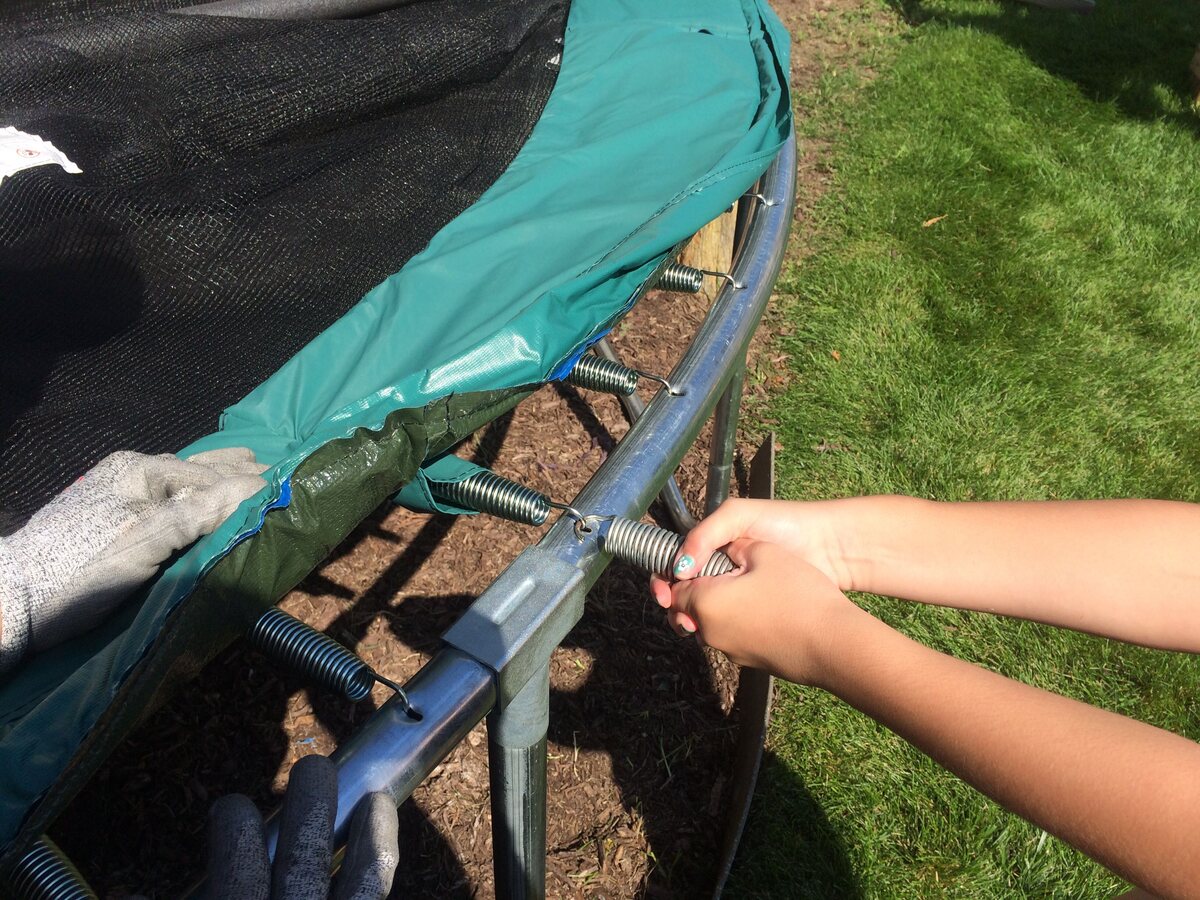

Outdoor Recreation & Activities
How To Attach Springs To A Trampoline
Modified: February 18, 2024
Learn how to properly attach springs to a trampoline for safe outdoor recreation and activities. Follow our step-by-step guide for a secure setup.
(Many of the links in this article redirect to a specific reviewed product. Your purchase of these products through affiliate links helps to generate commission for Storables.com, at no extra cost. Learn more)
Introduction
Trampolines are a fantastic way to enjoy outdoor fun and physical activity. Bouncing on a trampoline can be an exhilarating experience for both children and adults, providing a great way to stay active and healthy. However, to ensure the safety and performance of a trampoline, it’s essential to properly maintain its components, including the springs.
In this guide, we will delve into the process of attaching springs to a trampoline, offering a comprehensive overview of the different types of trampoline springs, the necessary tools and materials, and a step-by-step guide to effectively attaching the springs. Additionally, we will provide valuable tips for maintaining trampoline springs, ensuring the longevity and safety of your trampoline for years to come.
Whether you’re a trampoline enthusiast looking to replace old springs or a novice seeking guidance on trampoline maintenance, this article will equip you with the knowledge and skills needed to confidently handle trampoline spring attachment and maintenance.
Key Takeaways:
- 1. Choose the Right Springs: Trampolines use different types of springs, so pick the ones that match your trampoline’s size and intended use for the best bouncing experience.
- 2. Keep It Safe and Fun: Use the right tools, maintain the springs regularly, and follow the step-by-step guide to ensure a safe and enjoyable trampoline experience for everyone.
Read more: How To Measure A Trampoline Spring
Understanding the Different Types of Trampoline Springs
Trampoline springs come in various types, each with unique characteristics that impact the trampoline’s performance and bounce. Understanding the differences between these springs is crucial when it comes to selecting the right type for your trampoline.
1. Coil Springs: Coil springs are the most common type found in trampolines. These springs are typically made of galvanized steel, offering excellent durability and resistance to rust and corrosion. The coil design provides a reliable bounce, making it a popular choice for recreational trampolines.
2. Springless Elastic Bands: In recent years, springless trampolines have gained popularity, utilizing elastic bands instead of traditional coil springs. These bands are often made of durable, high-tensile materials, offering a smooth and responsive bounce while minimizing the risk of pinching or trapping.
3. Heavy-Duty Springs: Heavy-duty or high-performance trampolines, such as those used in professional or competitive settings, often feature heavy-duty springs. These springs are designed to withstand rigorous use and provide an exceptional bounce, catering to advanced jumpers and athletes.
4. Galvanized Springs: Galvanized trampoline springs are treated with a protective zinc coating, enhancing their resistance to rust and corrosion. This makes them ideal for trampolines that are frequently exposed to outdoor elements, ensuring longevity and performance in various weather conditions.
When selecting trampoline springs, it’s essential to consider factors such as the trampoline’s size, weight capacity, and intended use. Additionally, understanding the specific characteristics of each spring type will help you make an informed decision based on your preferences and requirements.
Tools and Materials Needed
Before embarking on the process of attaching springs to a trampoline, it’s important to gather the necessary tools and materials to ensure a smooth and efficient operation. Here’s a comprehensive list of the items you’ll need:
- Spring Pulling Tool: A spring pulling tool is essential for safely and effectively stretching and attaching the springs to the trampoline frame. This tool helps prevent strain and injury during the installation process.
- Replacement Springs: If you’re replacing old or damaged springs, ensure that you have the correct quantity and size of replacement springs suitable for your trampoline model. It’s crucial to match the new springs to the original specifications to maintain the trampoline’s performance.
- Protective Gloves: Working with trampoline springs can be physically demanding, and the springs themselves may have sharp edges. Wearing protective gloves will help safeguard your hands and provide a better grip when handling the springs.
- Step Ladder: A step ladder will aid in reaching the higher points of the trampoline frame, allowing for safe and convenient access during the spring attachment process.
- Measuring Tape: Accurately measuring the distance between spring attachment points is essential for ensuring uniform tension and a balanced bounce. A measuring tape will help maintain consistency throughout the installation.
- Socket Wrench: Depending on the trampoline model, a socket wrench may be needed to secure the springs to the frame. Ensure that you have the appropriate socket size for the trampoline’s hardware.
- Assistance: While not a physical tool, having an extra set of hands can greatly facilitate the spring attachment process. Enlist the help of a friend or family member to assist with stretching and securing the springs, making the task more manageable and safer.
By assembling these tools and materials, you’ll be well-equipped to tackle the spring attachment process with confidence and efficiency, ensuring that your trampoline is ready for safe and enjoyable use.
When attaching springs to a trampoline, start by attaching one end of the spring to the frame and then hook the other end onto the trampoline mat. Use a spring puller tool to make the process easier and safer.
Step-by-Step Guide to Attaching Springs to a Trampoline
Attaching springs to a trampoline requires careful attention to detail and a systematic approach to ensure proper installation and optimal performance. Follow this step-by-step guide to effectively attach springs to your trampoline:
- Prepare the Area: Clear the area around the trampoline to create a safe and unobstructed workspace. Position the trampoline on a flat surface, ensuring stability and balance.
- Attach the Spring Pulling Tool: Secure the spring pulling tool to the first spring attachment point on the trampoline frame. The pulling tool will aid in stretching the spring and attaching it to the frame, reducing physical strain and potential injury.
- Connect the Spring: With the pulling tool in place, connect one end of the replacement spring to the designated hook on the trampoline mat. Ensure that the spring is securely fastened to prevent slippage during the installation process.
- Stretch and Attach the Spring: Using the spring pulling tool, carefully stretch the spring to reach the corresponding attachment point on the trampoline frame. Apply steady and controlled force to extend the spring, aligning it with the frame hook for proper attachment.
- Secure the Spring: Once the spring is aligned with the frame hook, ensure that it is firmly secured in place. Double-check the attachment to confirm that the spring is taut and properly positioned, maintaining consistent tension across the trampoline mat.
- Repeat the Process: Continue the process of connecting, stretching, and attaching the remaining springs, working in a systematic manner around the trampoline frame. Maintain an even distribution of tension to promote a balanced and responsive bounce.
- Inspect and Test: After attaching all the springs, inspect each attachment point to verify the secure fastening of the springs. Once confirmed, gently test the trampoline’s bounce to ensure that the springs are properly installed and the mat is evenly tensioned.
By following these steps with precision and care, you can effectively attach springs to your trampoline, promoting safety, stability, and an enjoyable bouncing experience for users of all ages.
Tips for Maintaining Trampoline Springs
Maintaining the integrity and performance of trampoline springs is essential for ensuring the safety and longevity of your trampoline. By implementing regular maintenance practices, you can extend the lifespan of the springs and preserve the trampoline’s optimal bounce. Here are valuable tips for maintaining trampoline springs:
- Inspect Regularly: Routinely inspect the condition of the trampoline springs, looking for signs of wear, corrosion, or damage. Check for any loose or detached springs, and promptly address any issues to prevent further damage.
- Clean and Lubricate: Keep the springs clean and free of debris, as dirt and grime can contribute to corrosion and reduced flexibility. Periodically wipe down the springs with a damp cloth and apply a light coating of silicone-based lubricant to minimize friction and maintain flexibility.
- Monitor Tension: Ensure that the tension of the trampoline springs remains consistent and balanced. Periodically check the tension of the springs to identify any discrepancies and make necessary adjustments to maintain uniform tension across the trampoline mat.
- Protect from Weather Elements: Shield the trampoline and its springs from prolonged exposure to harsh weather conditions, such as extreme heat, rain, or snow. Consider using a weather-resistant trampoline cover to safeguard the springs and frame, prolonging their durability and performance.
- Replace Worn Springs: As trampoline springs age, they may lose elasticity and resilience. When springs show significant signs of wear, including stretching or deformation, it’s advisable to replace them with new, high-quality springs to maintain the trampoline’s bounce and safety.
- Limit Weight Capacity: Adhere to the recommended weight capacity of the trampoline to prevent undue stress on the springs. Excessive weight or overloading the trampoline can accelerate spring wear and compromise the trampoline’s performance.
- Professional Inspection: Consider scheduling periodic professional inspections of the trampoline and its components, including the springs. Trained technicians can assess the condition of the springs and provide expert recommendations for maintenance and replacement as needed.
By incorporating these maintenance tips into your trampoline care routine, you can preserve the functionality and safety of the springs, ensuring that your trampoline continues to provide a secure and enjoyable bouncing experience for years to come.
Read more: How Many Springs Are On A Trampoline
Conclusion
Attaching and maintaining trampoline springs is a fundamental aspect of trampoline ownership, directly impacting the safety, performance, and longevity of the equipment. By understanding the different types of trampoline springs and following a systematic approach to spring attachment, you can ensure a secure and responsive bounce for trampoline users of all ages.
Equipped with the knowledge of the essential tools and materials needed for spring attachment, along with a comprehensive step-by-step guide, you can confidently undertake the process of attaching springs to your trampoline, promoting stability and safety. Additionally, implementing regular maintenance practices, such as inspection, cleaning, and lubrication, will help preserve the integrity of the springs and extend their lifespan.
Remember to prioritize safety throughout the spring attachment process, utilizing protective gloves and enlisting assistance when needed to facilitate a smooth installation. By maintaining consistent tension and ensuring proper attachment of the springs, you can optimize the trampoline’s performance and minimize the risk of accidents or damage.
Ultimately, the care and attention dedicated to trampoline spring attachment and maintenance contribute to a safe and enjoyable outdoor recreational experience for trampoline enthusiasts. Whether you’re replacing old springs or conducting routine maintenance, the efforts invested in preserving the functionality of trampoline springs will be rewarded with enhanced performance and peace of mind.
By embracing the guidance provided in this article and incorporating best practices for trampoline spring maintenance, you can foster a safe and inviting environment for bouncy fun, encouraging physical activity and outdoor enjoyment for years to come.
Frequently Asked Questions about How To Attach Springs To A Trampoline
Was this page helpful?
At Storables.com, we guarantee accurate and reliable information. Our content, validated by Expert Board Contributors, is crafted following stringent Editorial Policies. We're committed to providing you with well-researched, expert-backed insights for all your informational needs.
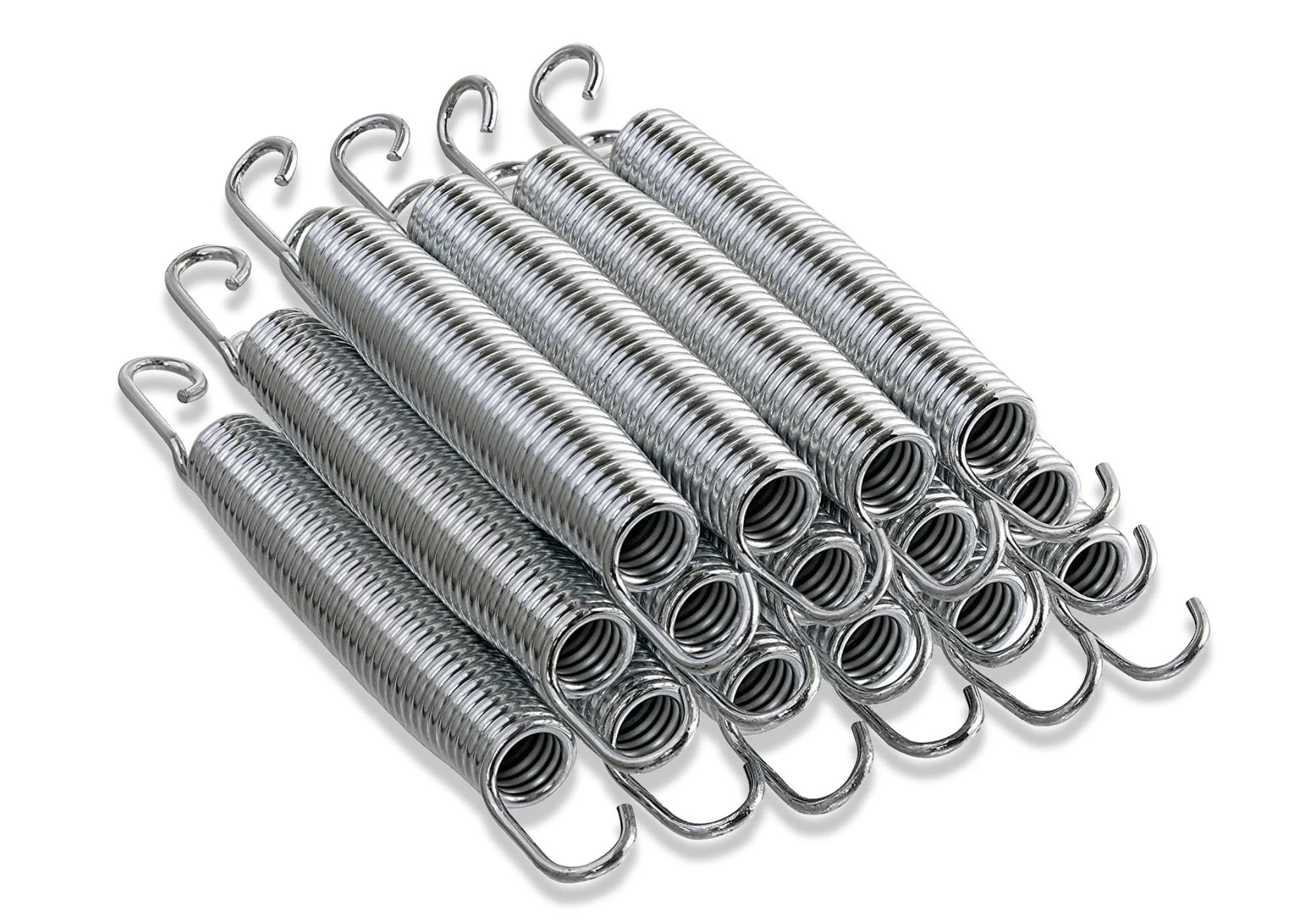
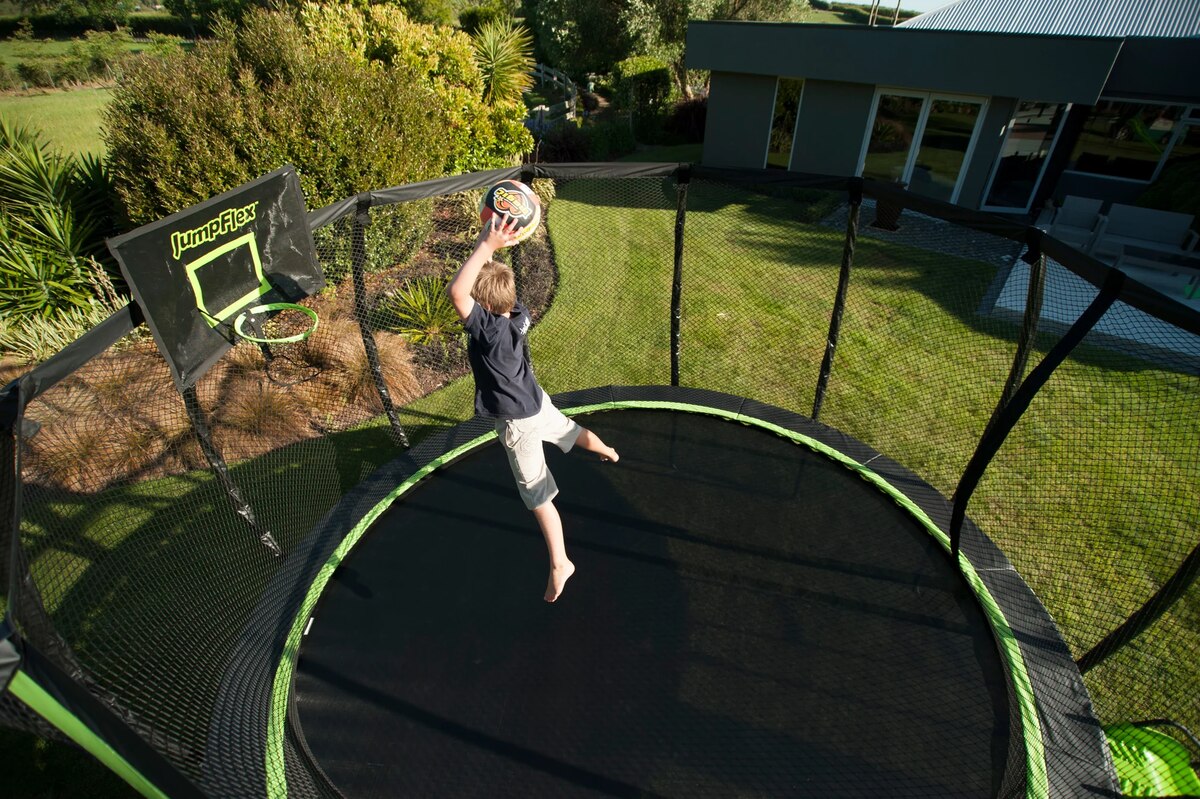
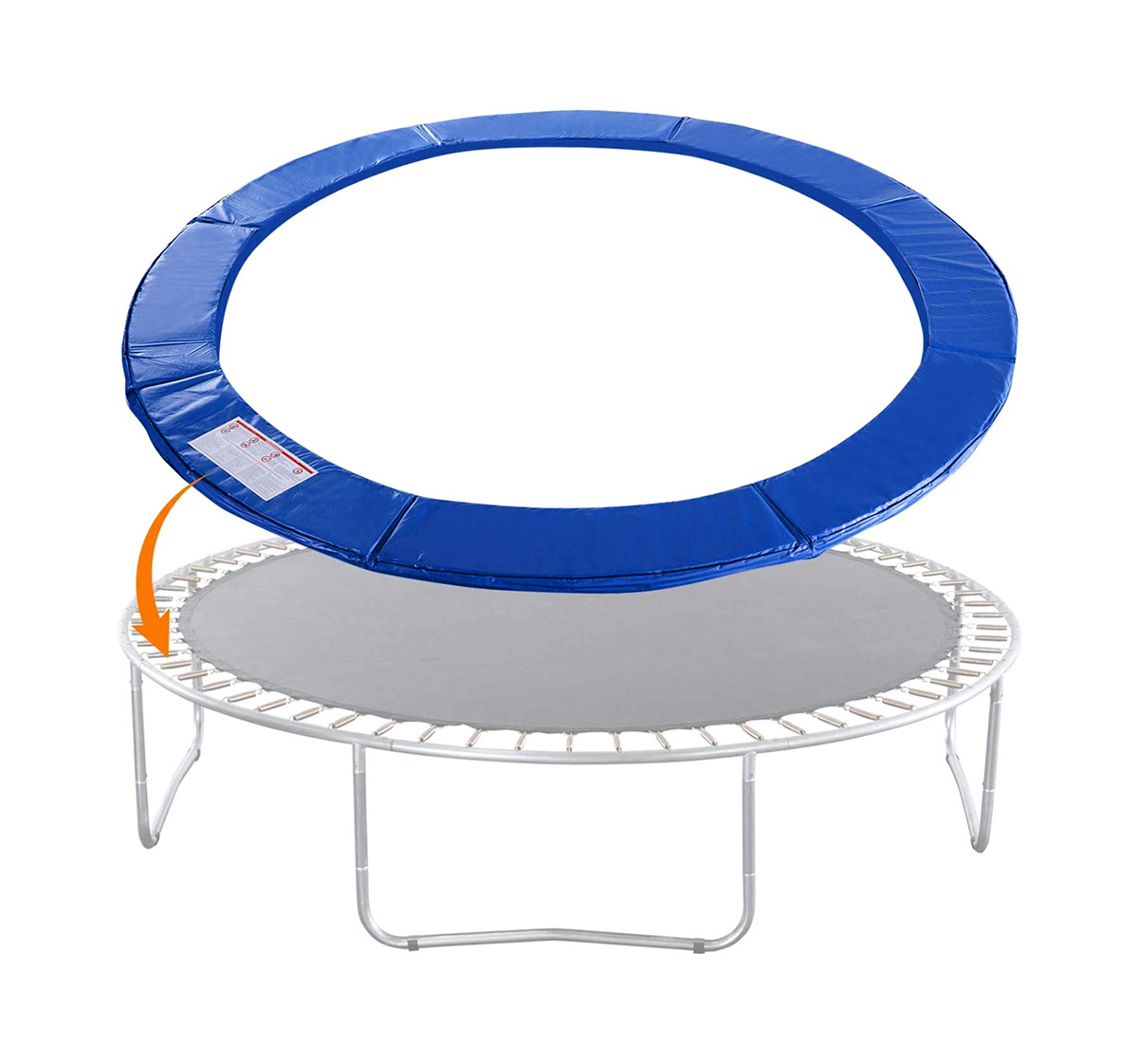
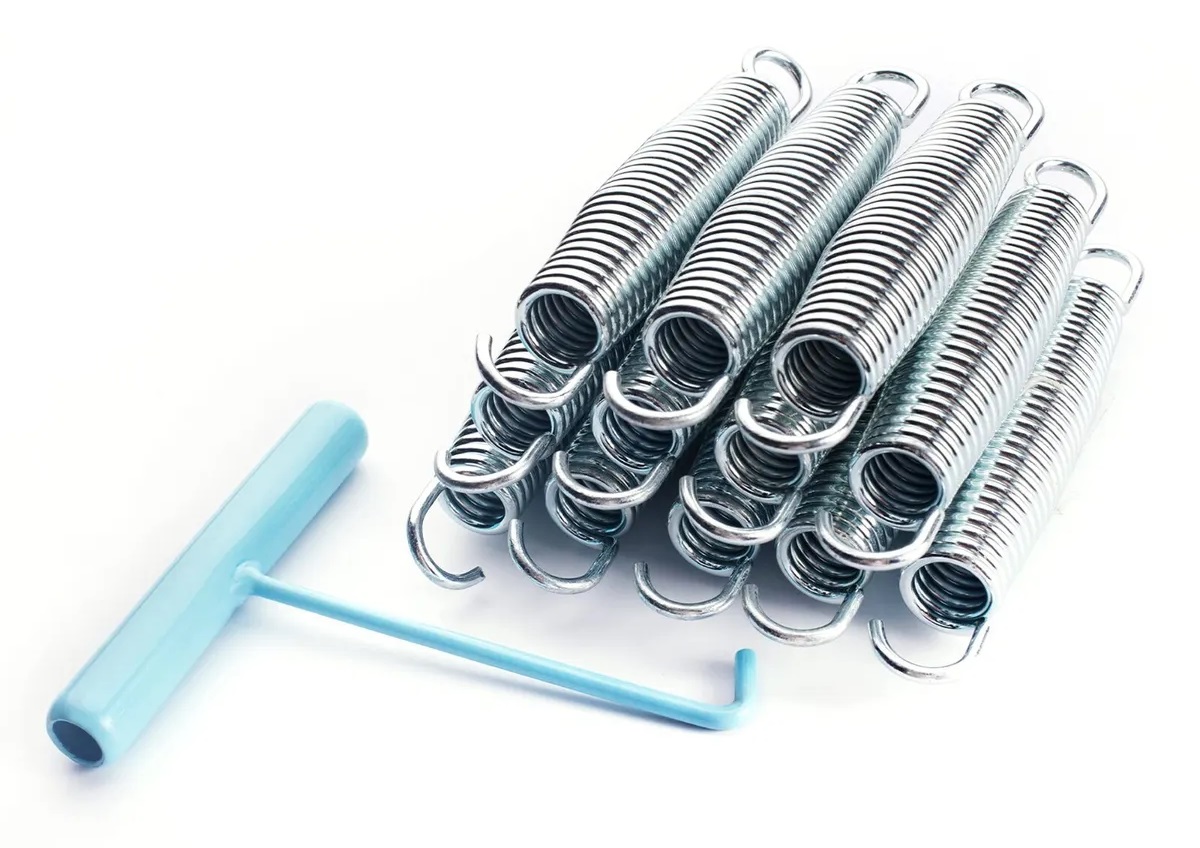
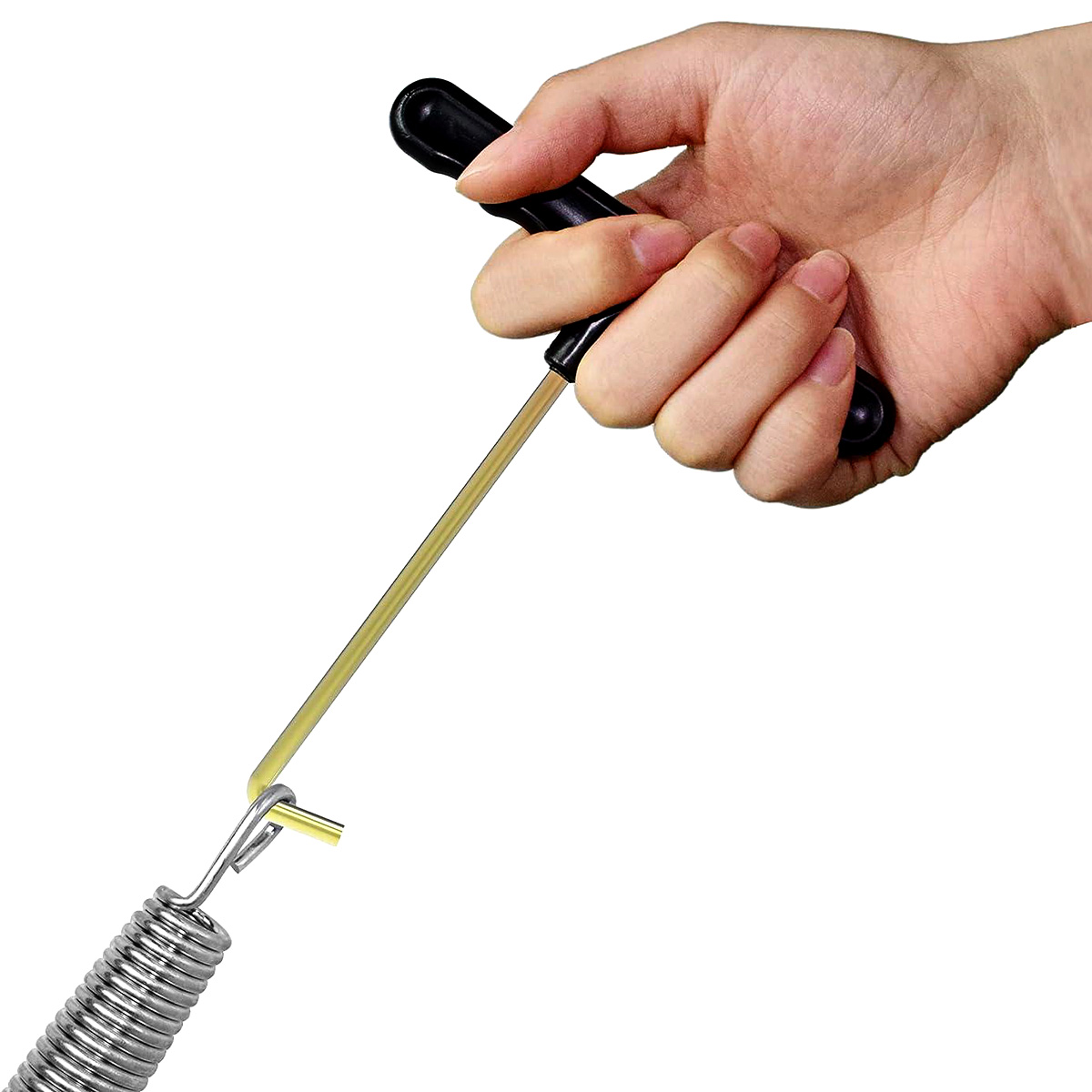
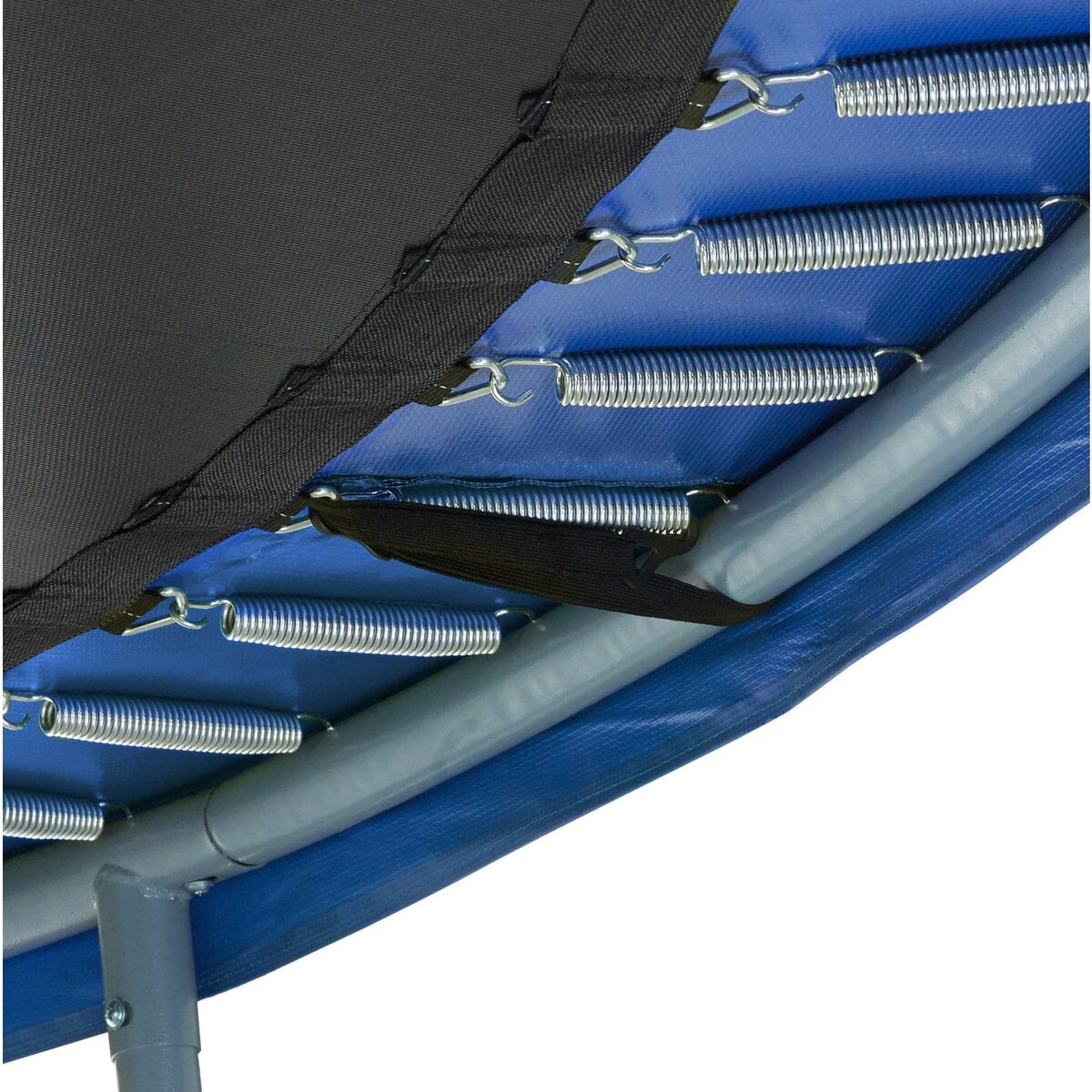
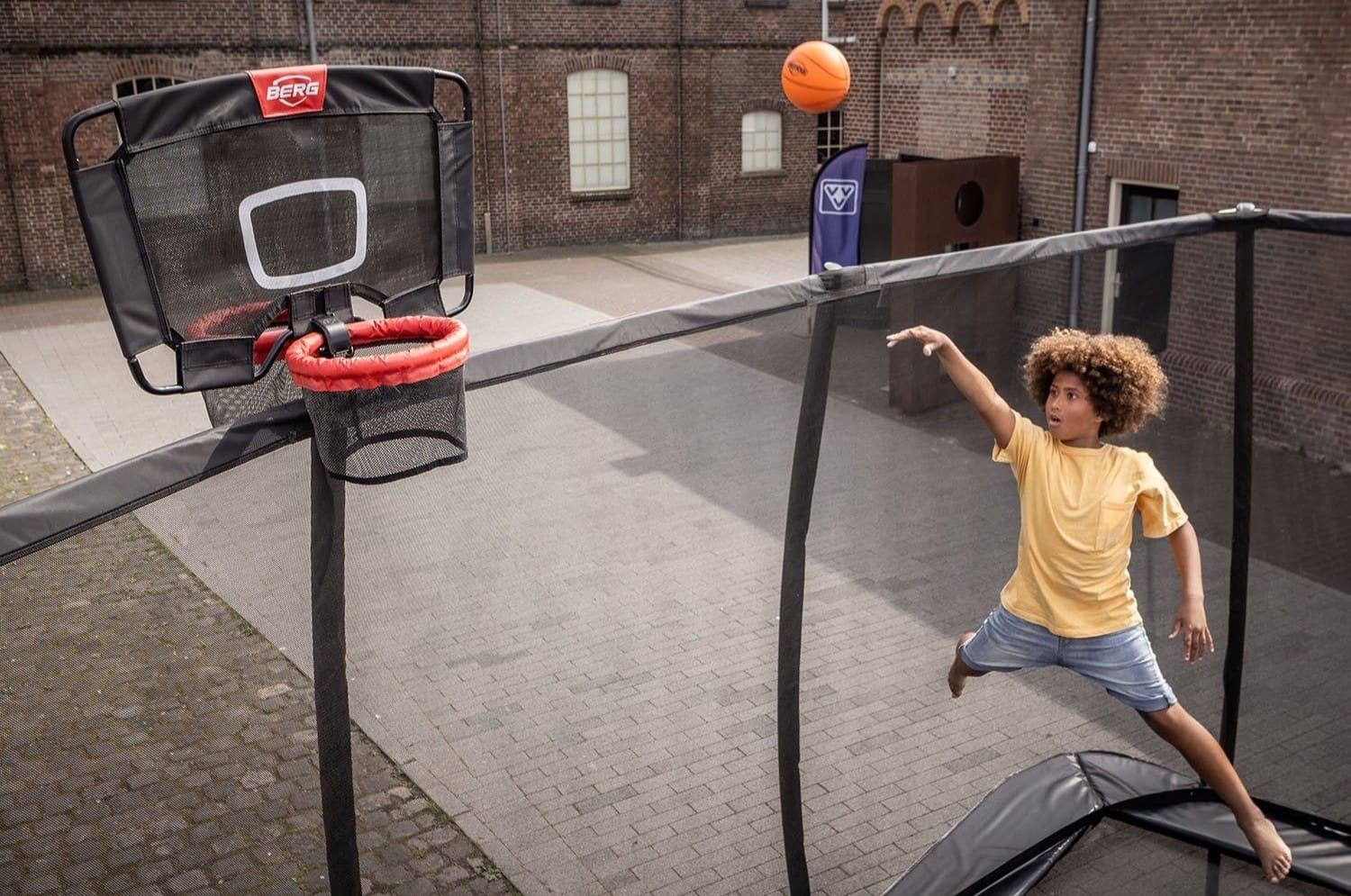
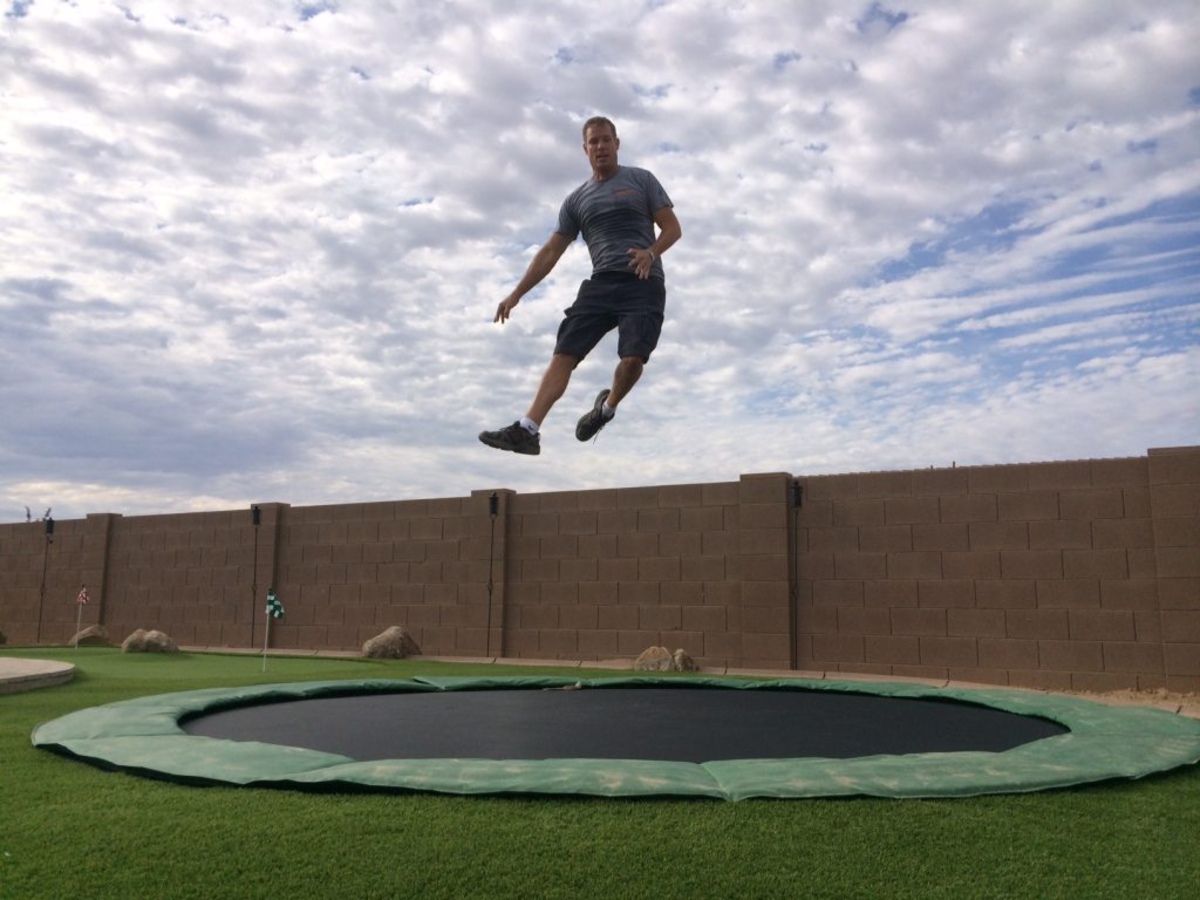
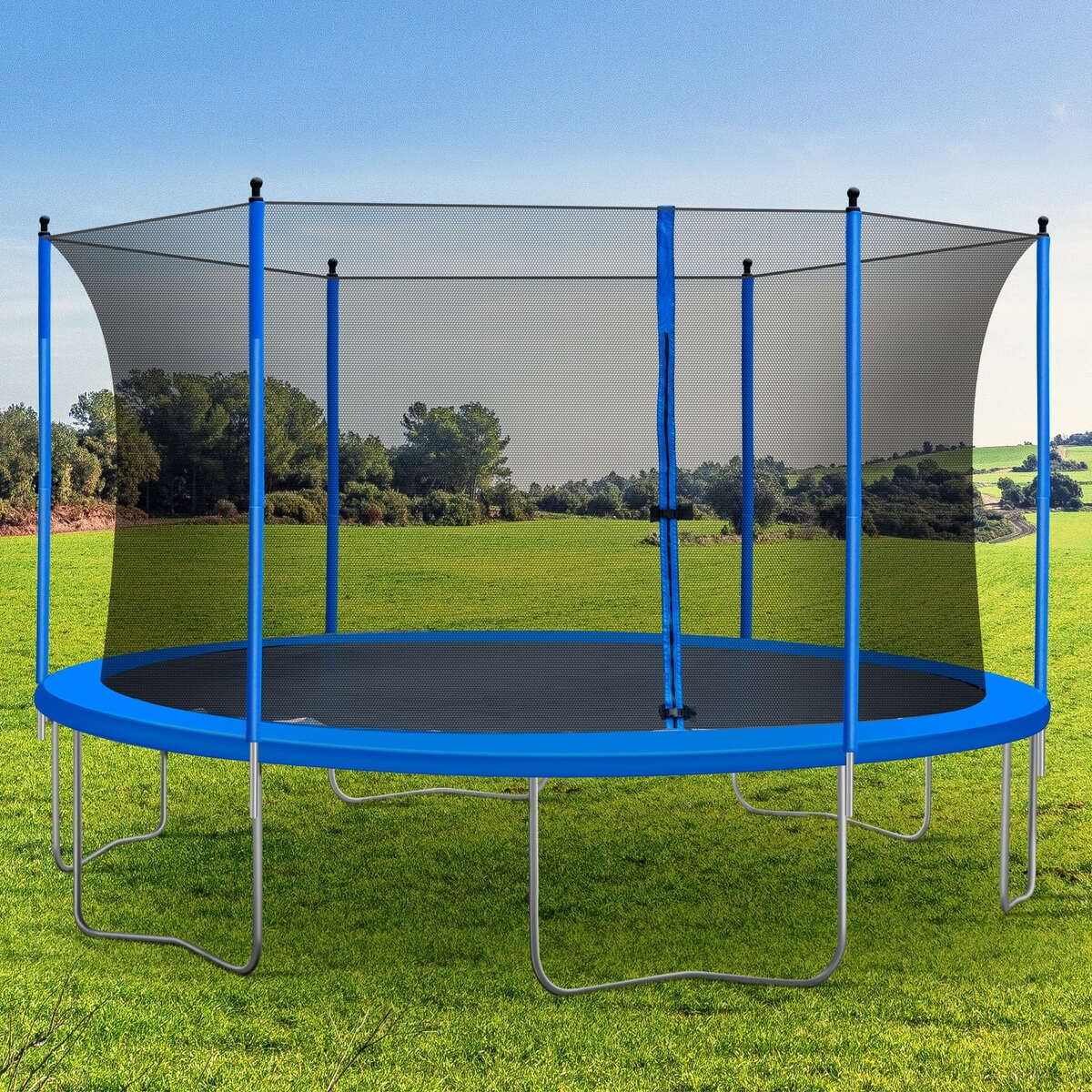
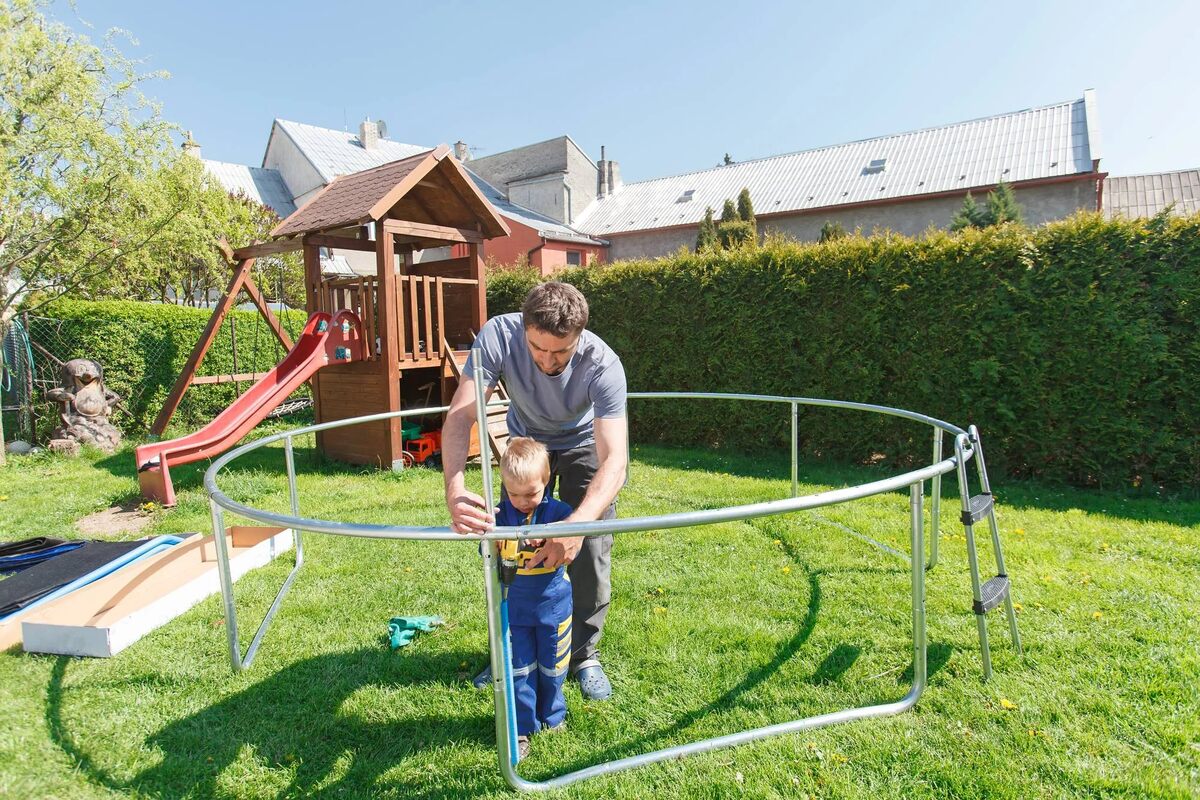
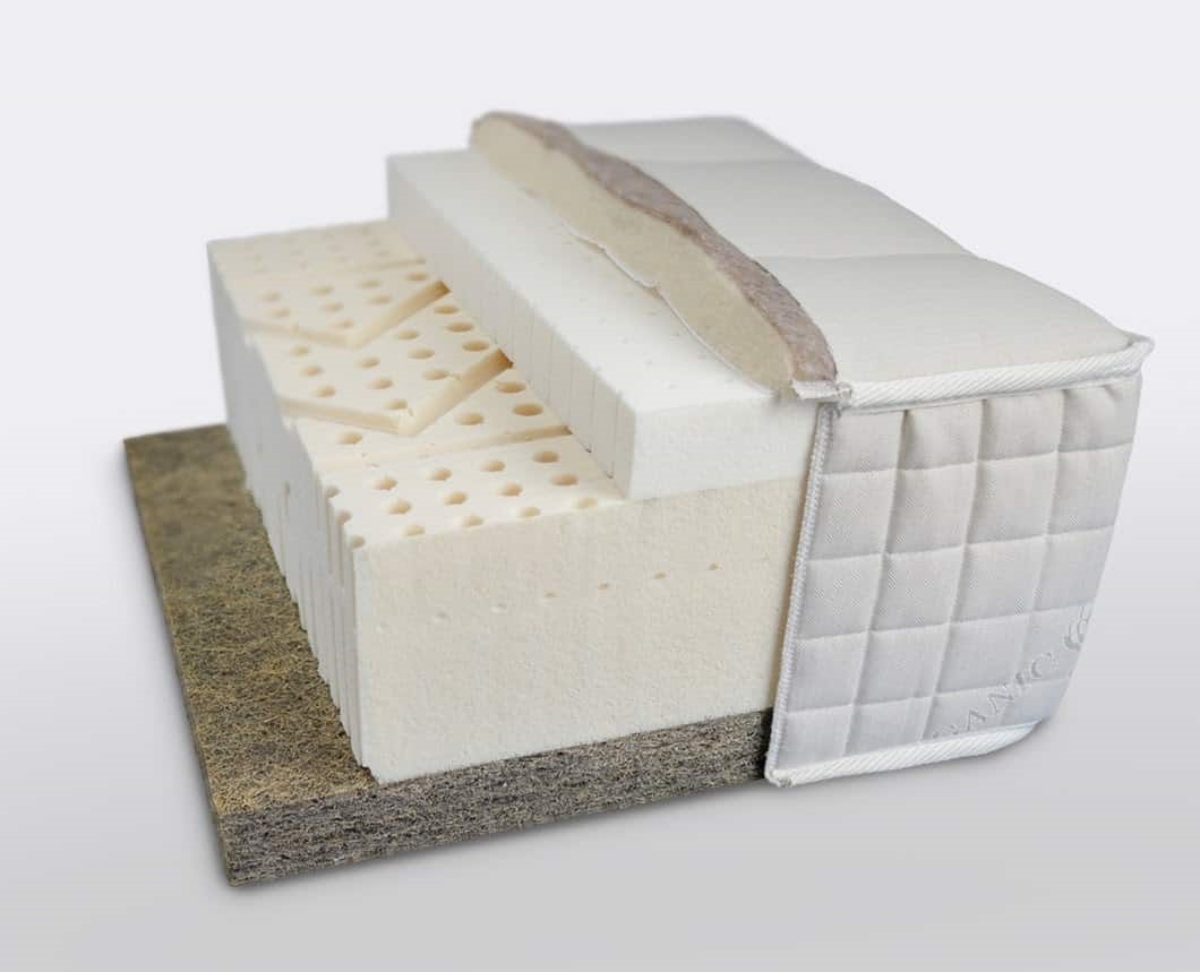
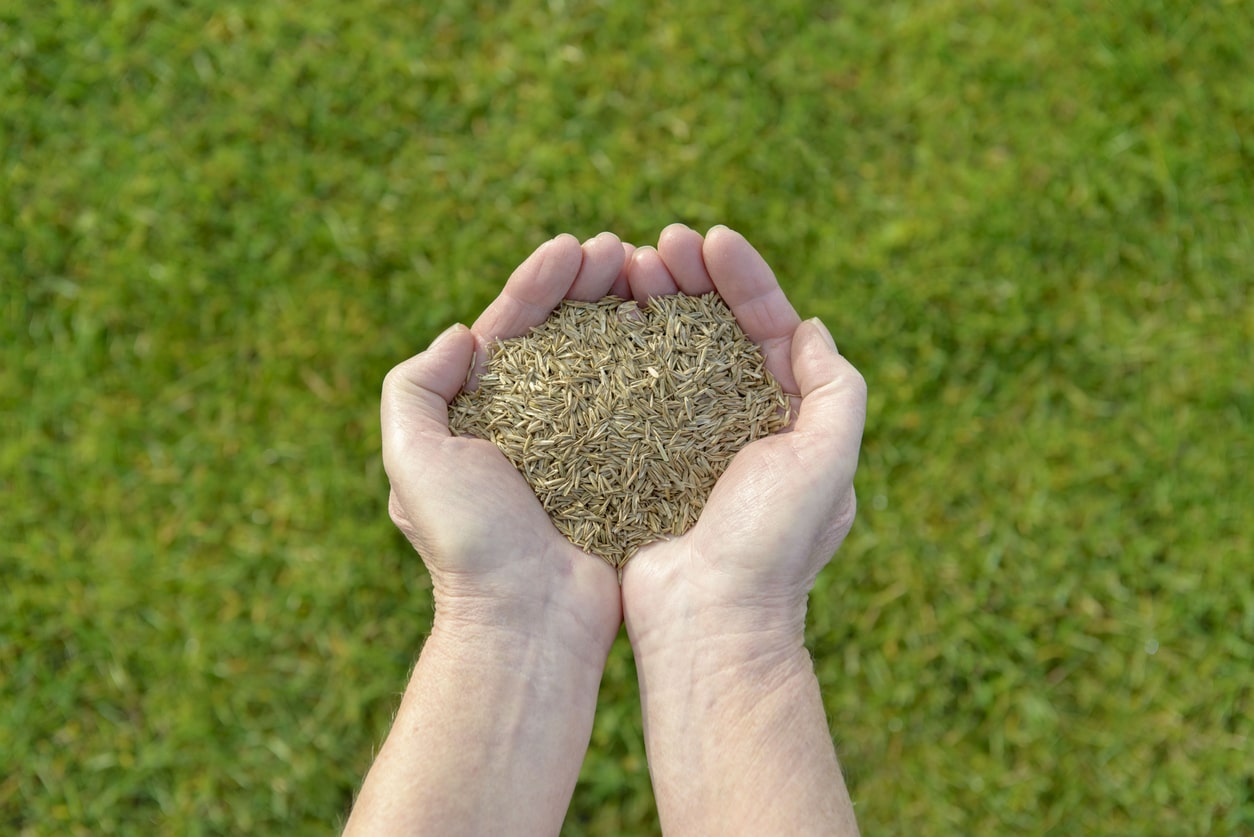

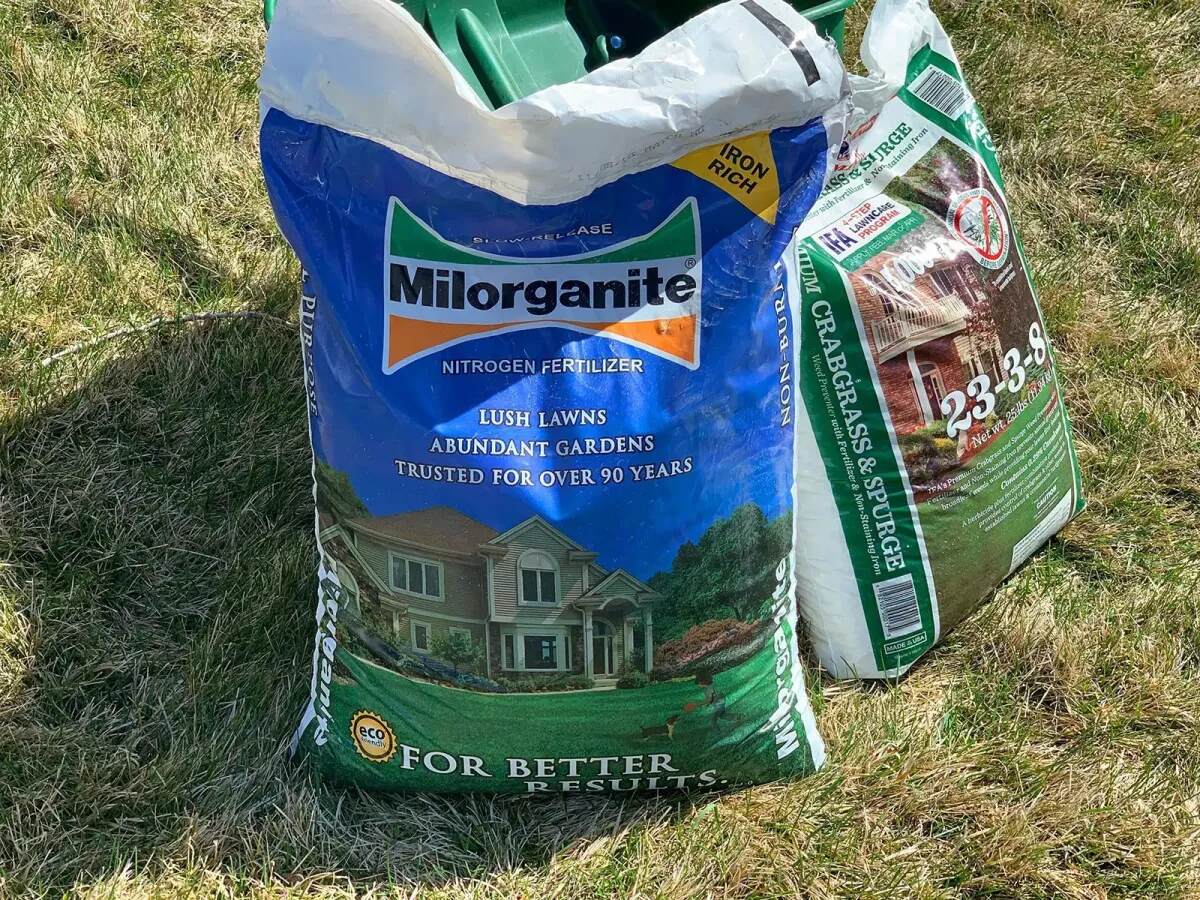

0 thoughts on “How To Attach Springs To A Trampoline”